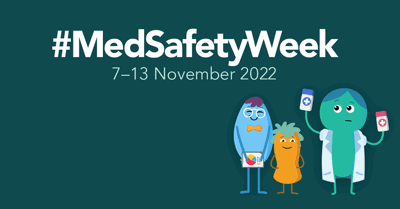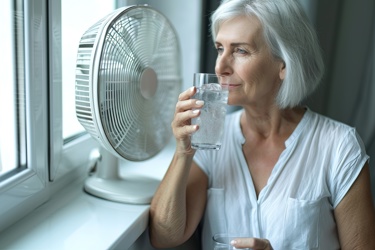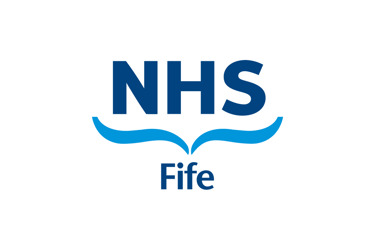
This year’s campaign is a truly global effort and involves healthcare product regulators from no fewer than 82 countries. It focuses on the vital role played by every healthcare professional, patient, and carer who reports a suspected side effect or adverse incident, which in turn supports the safe use of medicines and medical devices.
All medicines may cause side effects and adverse incidents may occur during the use of medical devices, so it is important to have robust measures in place to continuously monitor their safety after they are taken into clinical use. The purpose of safety monitoring is to gain more information about known side effects and adverse incidents, to find out about new ones, and, most importantly, to make use of medicines and medical devices as safe as possible. Regulators operate systems to detect and analyse those side effects and adverse incidents and prevent harm to future patients.
It is important that everyone makes a report as soon as they suspect side effects and adverse incidents. This ensures that regulatory assessments are genuinely representative and can improve safety for as many people as possible.
The Yellow Card scheme is the MHRA’s single system for collecting suspected side effects of medicines and adverse incidents involving medical devices. These side effects and adverse incidents are then collated and swiftly investigated by the MHRA. Since its establishment in 1964 the scheme has identified numerous safety issues to the benefit of many, thanks to individual reports from medicines users across the nation.
Everyone who reports suspected side effects and adverse incidents to the Yellow Card scheme website or app, is actively participating in identifying emerging national safety issues, so that the MHRA can act when necessary and protect against harm.


